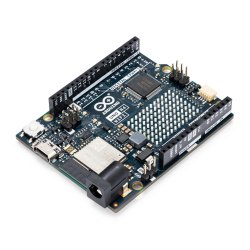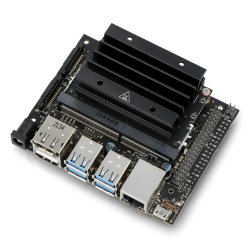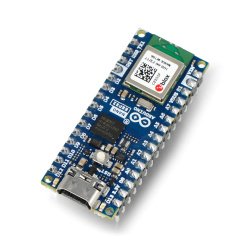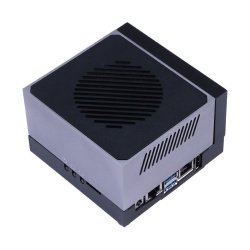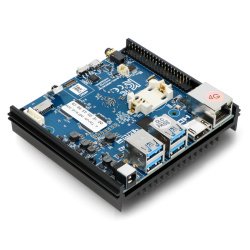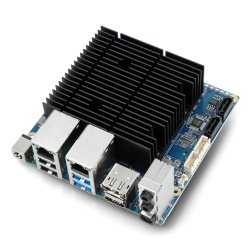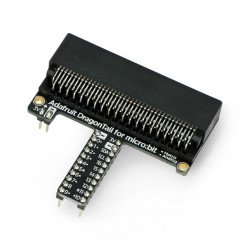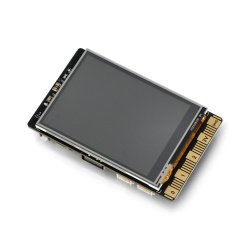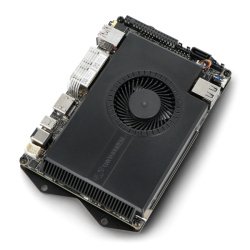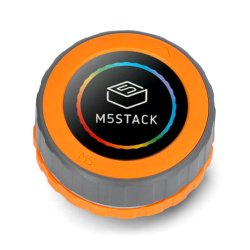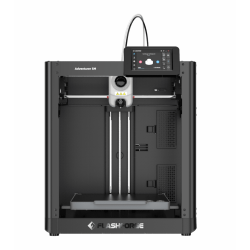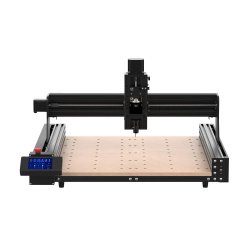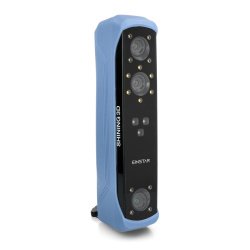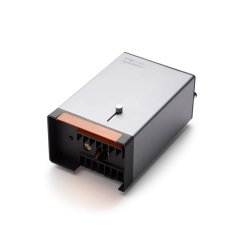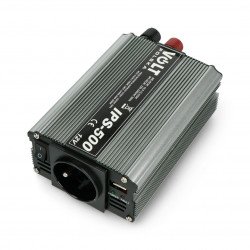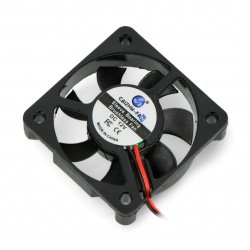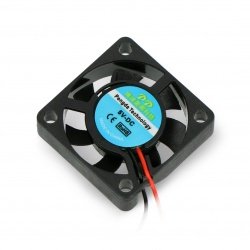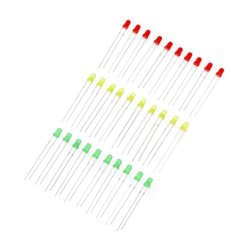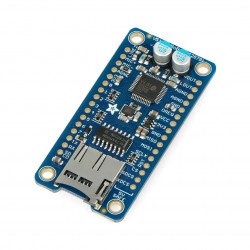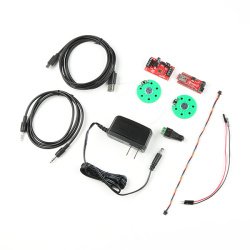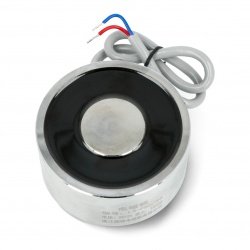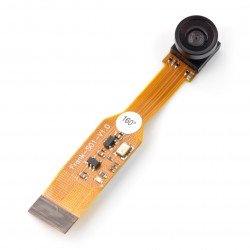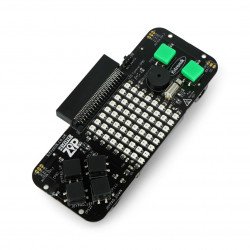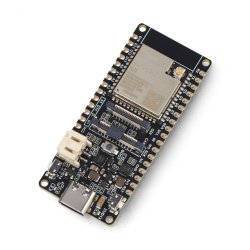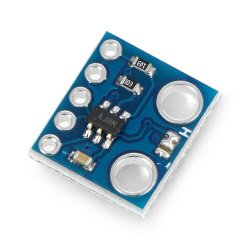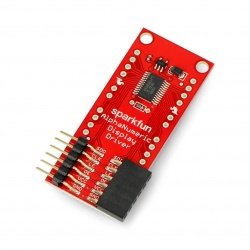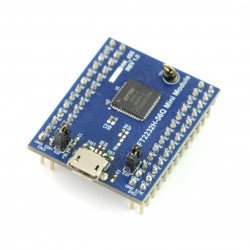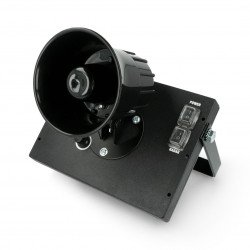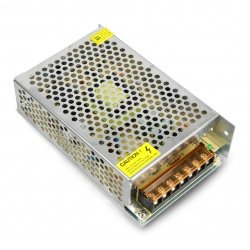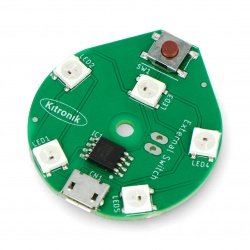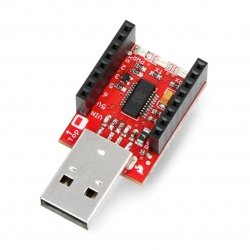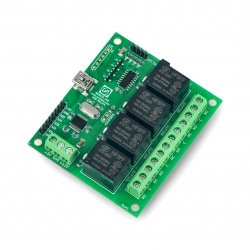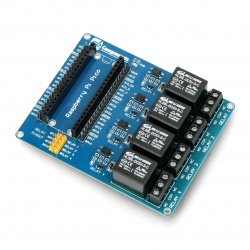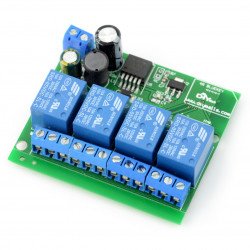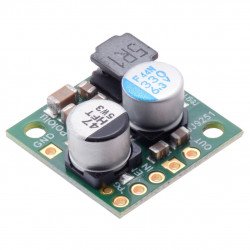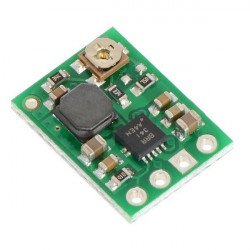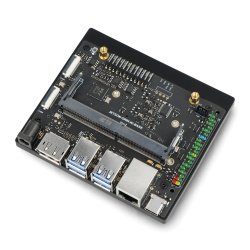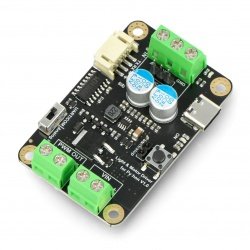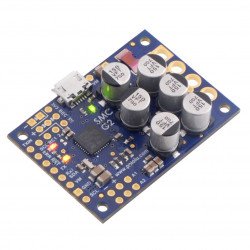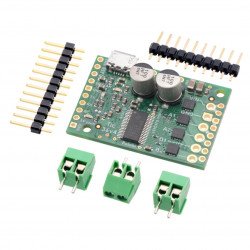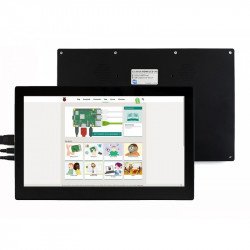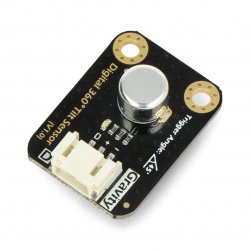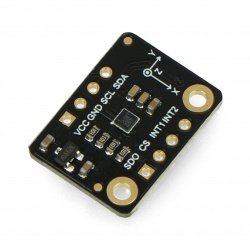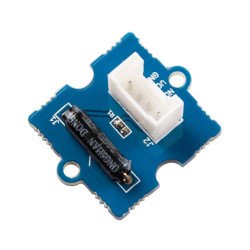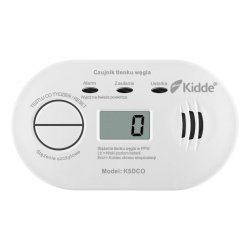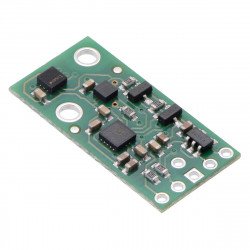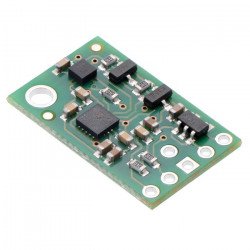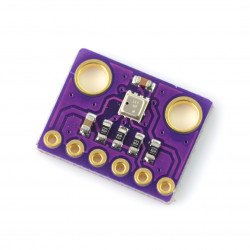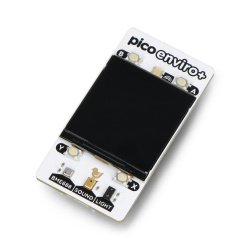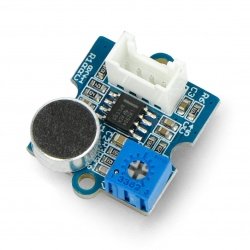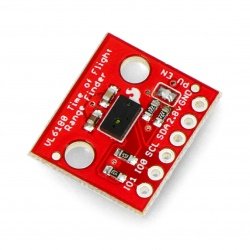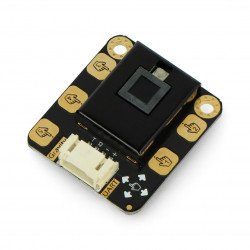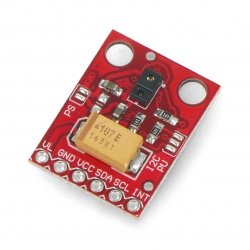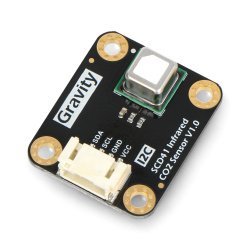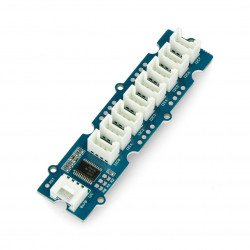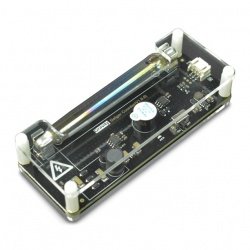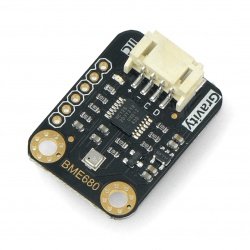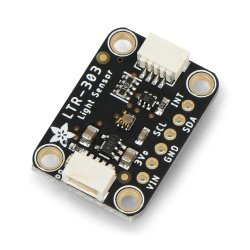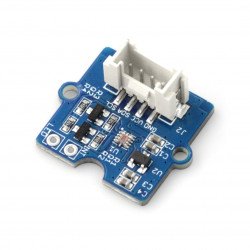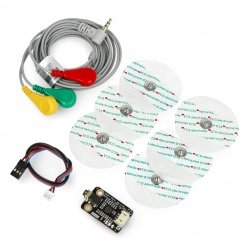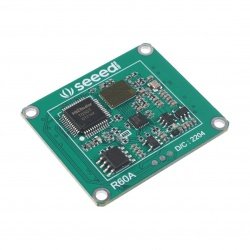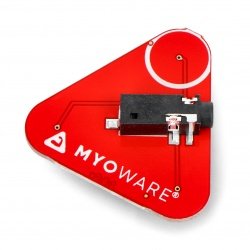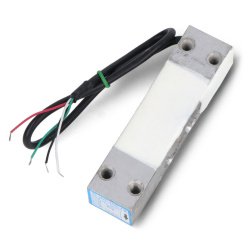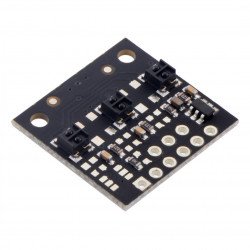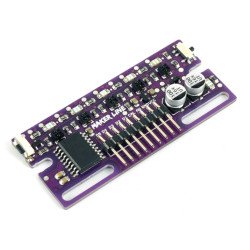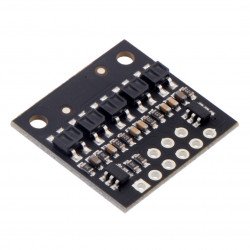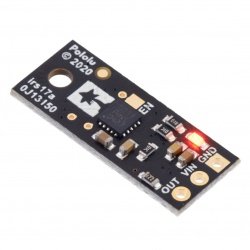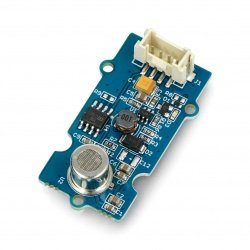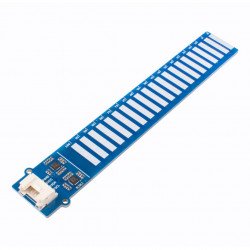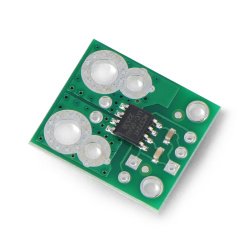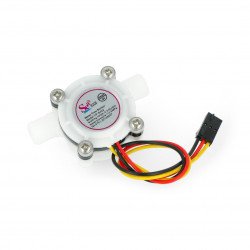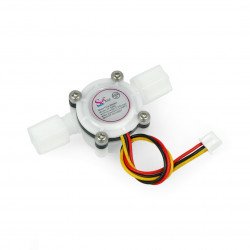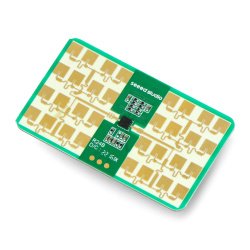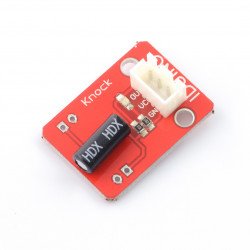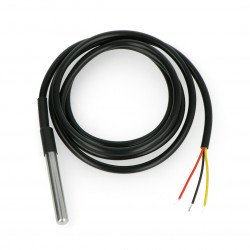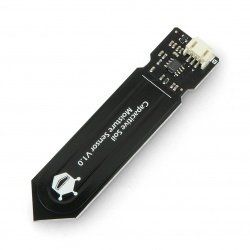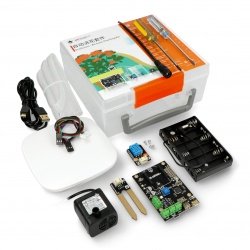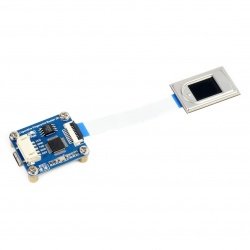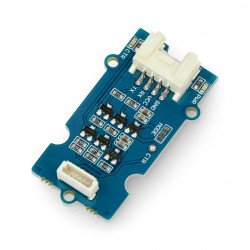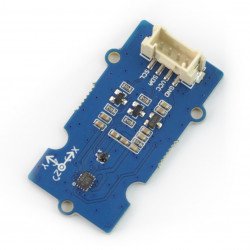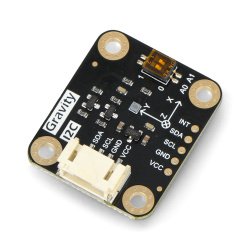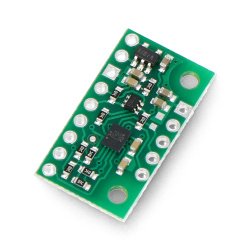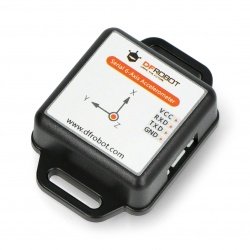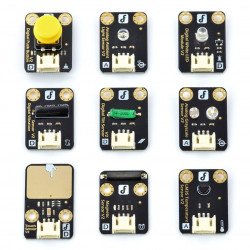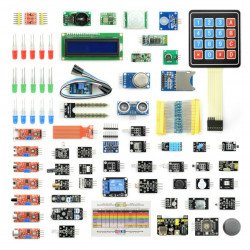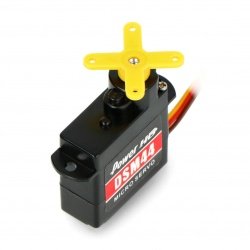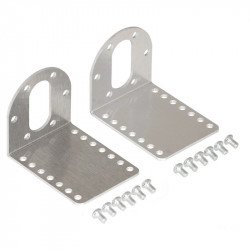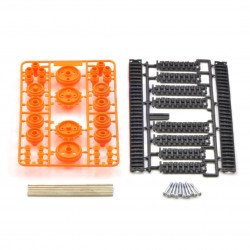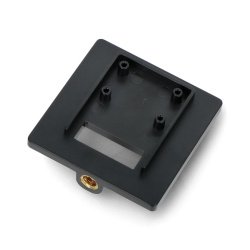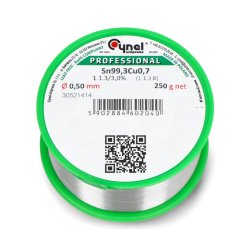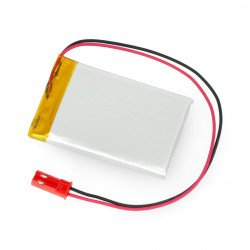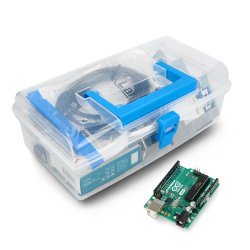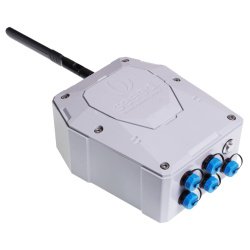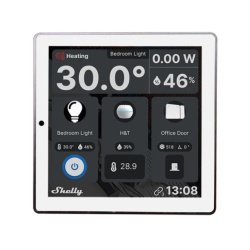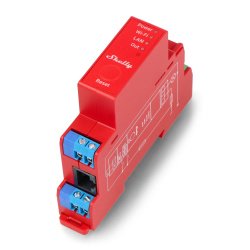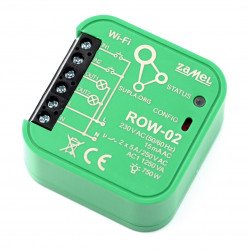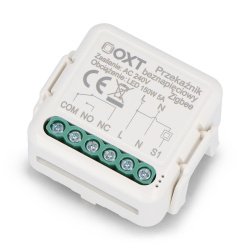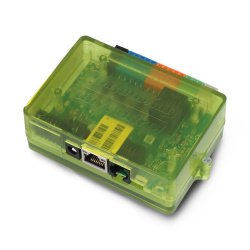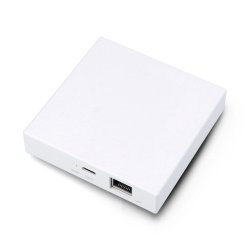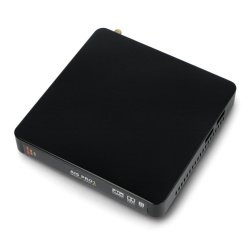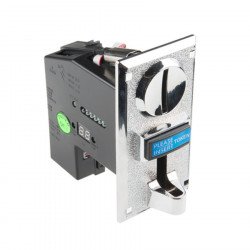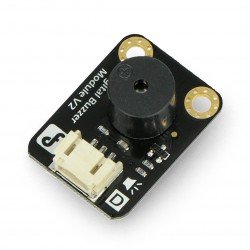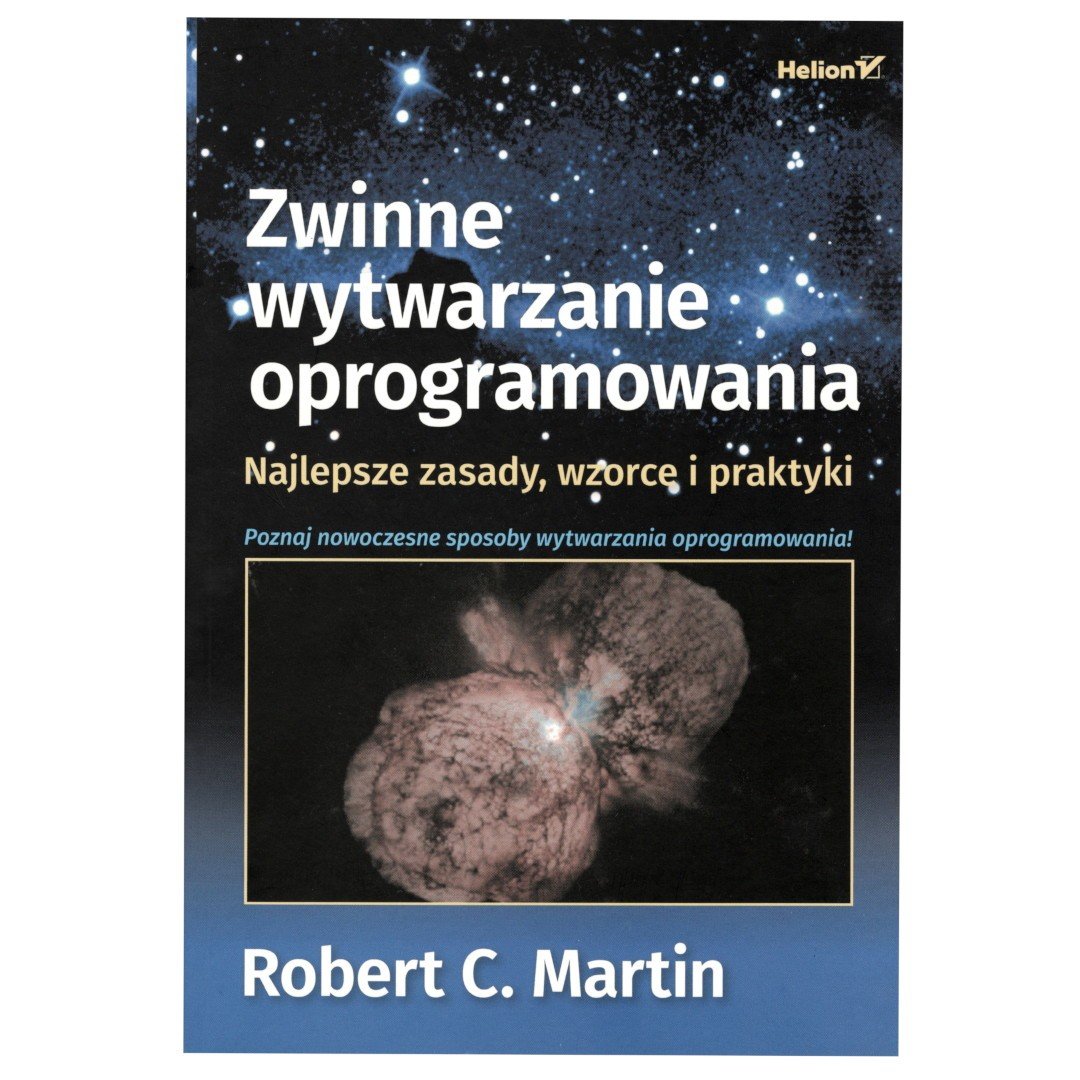Table of contents
Foreword (13)
Foreword (14)
About the authors (20)
PART I. AGILE SOFTWARE DEVELOPMENT (21)
Chapter 1 Agile practices (23)
- Agile Alliance (24)
- Agile Alliance Manifesto (24)
- Principles (27)
- Conclusion (29)
- Bibliography (29)
Chapter 2 Overview of information on extreme programming (31)
- Extreme programming practices (31)
- The client is a team member (32)
- User stories (32)
- Short cycles (32)
- Acceptance tests (33)
- Pair programming (33)
- Test-driven programming (34)
- Joint ownership (34)
- Continuous integration (34)
- Even pace (35)
- Open workspace (35)
- Planning game (35)
- Simple design (36)
- Refactorisation (37)
- Metaphor (37)
- Conclusion (38)
- Bibliography (38)
Chapter 3 Planning (39)
- Initial exploration (40)
- Prototyping, sharing and speed (40)
- Planning distribution versions (41)
- Iteration planning (41)
- Task planning (41)
- Iteration course (42)
- Conclusion (43)
- Bibliography (43)
Chapter 4 Testing (45)
- Test-driven programming (45)
- Example of a "test first" style project (46)
- Insulation of the test (47)
- Unexpected elimination of couplings (48)
- Acceptance tests (49)
- Example of acceptance tests (50)
- Architecture "by the way" (51)
- Conclusion (51)
- Bibliography (52)
Chapter 5 Refaction (53)
- Generating prime numbers - a simple example of refactorization (54)
- Conclusion (62)
- Bibliography (63)
Chapter 6 Programming episode (65)
- Bowling (66)
- Conclusion (98)
PART II. AGILE PROJECT (101)
- Symptoms of bad design (101)
- Principles (101)
- Fragrances and principles (102)
- Bibliography (102)
Chapter 7. What is an agile project? (103)
- What's wrong with software? (103)
- Smells of the project - smell of perishable software (104)
- What stimulates software to break down? (106)
- Agile units do not allow software to break down (106)
- Copy Programme (106)
- Example of a Copy program made according to agile methodology (109)
- How did the agile developers know what to do? (110)
- Maintaining the project at its best (110)
- Conclusion (111)
- Bibliography (111)
Chapter 8 SRP - single liability principle (113)
- SRP - single responsibility principle (113)
- What is responsibility? (115)
- Separation of combined liability (115)
- Durability (116)
- Conclusion (116)
- Bibliography (116)
Chapter 9 OCP - open-ended principle (117)
- OCP - open-ended principle (117)
- Description (118)
- The key is abstraction (118)
- Shape application (119)
- Infringement of the principle of OCP (120)
- Compliance with the OCP principle (121)
- I admit it. I lied. (122)
- Prediction and "natural" structure (122)
- Placing "hooks" (123)
- Use of abstraction to obtain a clear closure (124)
- Application of the "data control" approach to achieve closures (125)
- Conclusion (126)
- Bibliography (126)
Chapter 10 LSP - substitution principle Liskov (127)
- LSP - substitution principle Liskov (127)
- Simple example of a breach of the LSP principle (128)
- Quadrants and rectangles - more subtle violation of the LSP rule (129)
- A real problem (131)
- The correctness is not congenital (132)
- The IS-A relationship relates to behaviour (132)
- Design by contract (132)
- Specification of contracts in unit tests (133)
- A real example (133)
- Motivation (133)
- Problem (135)
- Non-LSP (136)
- LSP principle compliant solution (136)
- Secretion instead of inheritance (137)
- Heuristics and conventions (139)
- Degenerate functions in derived classes (140)
- Notification of exceptions from derived classes (140)
- Conclusion (140)
- Bibliography (140)
Chapter 11 DIP - the principle of reversion (141)
- DIP - reversal principle (141)
- Breakdown into layers (142)
- Reversal of ownership (142)
- Dependence on abstraction (143)
- Simple example (144)
- Searching for needed abstractions (145)
- Example of the Furnace programme (146)
- Dynamic and static polymorphism (147)
- Conclusion (148)
- Bibliography (148)
Chapter 12 PSI - Interface segregation principle (149)
- Interface littering (149)
- Separate clients means separate interfaces (150)
- Power of customer influence on interfaces (151)
- ISP - interface segregation principle (151)
- Class and object interfaces (152)
- Separation by delegation (152)
- Separation by multiple inheritance (153)
- Example of an ATM user interface (153)
- Conclusion (159)
- Bibliography (159)
PART III. CASE STUDY: PAYROLL SYSTEM (161)
- Remaining specification of the payroll system (162)
- Exercise (162)
- Use case 1: adding a new employee (162)
- Case of use No. 2: removal of a worker (163)
- Case of use 3: delivery of the work card (163)
- Case of use no. 4: delivery of sales report (163)
- Case of use No 5: provision of information on the fee for a trade union (164)
- Case of use 6: change of employee data (164)
- Use case no. 7: payroll generation per day (164)
Chapter 13 Design templates Command and Active Object (165)
- Simple instructions (166)
- Transactions (167)
- Physical and temporal code division (168)
- Temporary code division (168)
- Undo method (169)
- Active facility (169)
- Conclusion (173)
- Bibliography (173)
Chapter 14 Template method and Strategy: succession and delegation (175)
- Template method (176)
- Misuse of the template (178)
- Bubble sorting (179)
- Strategy (181)
- Conclusion (185)
- Bibliography (185)
Chapter 15 Design Patterns Facade and Mediator (187)
- Facade (187)
- Mediator (188)
- Conclusion (190)
- Bibliography (190)
Chapter 16 Singleton and Monostate design models (191)
- Singleton (192)
- Benefits of using the Singleton standard (193)
- Costs of using the Singleton template (193)
- Singleton Design Pattern in Practice (193)
- Monostate (194)
- Benefits of using the Monostate standard (196)
- Costs of using the Monostate template (196)
- Monostate Design Pattern in Practice (196)
- Conclusion (200)
- Bibliography (200)
Chapter 17 Null Object design template (201)
- Conclusion (204)
- Bibliography (204)
Chapter 18. Case study: payroll system. First iteration (205)
- Introduction (205)
- Analysis by use cases (206)
- Adding staff (207)
- Dismissal of employees (208)
- Delivery of the work card (209)
- Provision of sales reports (209)
- Provision of information on the fee payable to the trade union (210)
- Change in employee data (210)
- Payments (212)
- Reflection: what have we learned? (214)
- Searching for needed abstractions (214)
- Abstract from the schedule (214)
- Payment methods (215)
- Membership of trade unions (216)
- Application (216)
- Bibliography (216)
Chapter 19. Case study: payroll system. Implementation (217)
- Adding staff (218)
- Payroll system database (219)
- Template application Template method for adding employees (220)
- Dismissal of staff (223)
- Work cards, sales reports and premiums (225)
- Change in employee data (231)
- Reclassification (235)
- What did I smoke? (240)
- Payment execution (244)
- Do we want developers to make business decisions? (246)
- Implementation of payments to employees with fixed salaries (246)
- Execution of payments for hourly employees (248)
- Settlement periods: project problem (251)
- Main programme (257)
- Database (257)
- Summary of the payroll system project (258)
- History (259)
- Resources (259)
- Bibliography (259)
PART IV. BREAKDOWN OF THE PAYROLL SYSTEM INTO BUNDLES (261)
Chapter 20 Package design rules (263)
- Designing with packages? (263)
- Grain size: principles of package consistency (264)
- Principle of equivalence of multiple code use and distribution (REP) (264)
- The Reusable Collective Reusable Collection Rule (CRP) (265)
- Collective closing (CCP) rule (266)
- Summary of the subject of package coherence (266)
- Stability: coupling rules for packages (267)
- Acyclical Dependency Principle (ADP) (267)
- Weekly compilations (267)
- Eliminating dependency cycles (268)
- Effects of the existence of cycles in the graph of dependencies between packages (269)
- Cycle interruption (270)
- Deviations (270)
- Up-to-Down Project (271)
- The principle of stable dependency (SDP) (272)
- Stability (272)
- Stability metrics (273)
- Not all packages need to be stable (274)
- Where should the implementation of a high-level project be located? (276)
- Stable abstractions principle (SAP) (276)
- Measurement of abstraction (276)
- Main thrust (277)
- Distance from main line (278)
- Conclusion (280)
Chapter 21 Factory design template (281)
- Cycle of dependencies (283)
- Exchangeable factories (284)
- Using the Factory Standard to create test sets (284)
- The importance of using factories (286)
- Conclusion (287)
- Bibliography (287)
Chapter 22. Case study: payroll system (part 2.) (289)
- Package structure and notation (290)
- Application of the collective closure rule (CCP) (291)
- Application of the principle of equivalence of multiple code use and distribution (REP) (292)
- Couplings and airtightness (294)
- Metrics (296)
- Application of indicators to payroll application (297)
- Factories of facilities (300)
- Facility Factory for TransactionImplementation (300)
- Factory initiation (301)
- Rebuilding the boundaries of cohesion (301)
- Final package structure (302)
- Conclusion (304)
- Bibliography (304)
PART V. CASE STUDY: WEATHER STATION (305)
Chapter 23 Composite design template (307)
- Example: composite commands (308)
- Multiple or no multiple (309)
Chapter 24 Observer - evolution of code to pattern (311)
- Digital clock (311)
- Conclusion (326)
- Use of diagrams in this chapter (327)
- Design standard Observer (327)
- Management of object-oriented design rules for the design template Observer (328)
- Bibliography (329)
Chapter 25 Design patterns Abstract server and bridge (331)
- Design standard Abstract server (332)
- Who owns the interface? (333)
- Design standard Adapter (333)
- Design standard Adapter in class form (334)
- The modem problem. Adapters and LSP principle (334)
- Bridge design template (338)
- Conclusion (339)
- Bibliography (340)
Chapter 26 Design Patterns Plenipotentiary and Stairs to Heaven - management of external APIs (341)
- Design specimen Proxy (342)
- Implementation of the design template Plenipotentiary in the shopping basket application (345)
- Summary of the project template message Plenipotentiary (356)
- Support for databases, middleware and external APIs (357)
- Stairs to heaven (359)
- Example of use of the staircase to the sky (360)
- Conclusion (365)
- Other design patterns that can be used with databases (365)
- Conclusion (366)
- Bibliography (366)
Chapter 27. Case study: weather station (367)
- Cloud Company (367)
- WMS-LC software (369)
- Language selection (369)
- Nimbus-LC system software design (369)
- 24-hour history and fixation (382)
- Implementation of HiLo algorithms (384)
- Conclusion (391)
- Bibliography (391)
- Overview of requirements for Nimbus-LC software (391)
- Performance requirements (391)
- 24-hour history (392)
- User configuration (392)
- Administrative requirements (392)
- Cases of use of Nimbus-LC system (393)
- Actors (393)
- Cases of use (393)
- History of measurements (393)
- Configuration (393)
- Administration (393)
- Publication plan for Nimbus-LC distribution versions (394)
- Introduction (394)
- Edition I (394)
- Hazards (394)
- Project outputs (395)
- Edition II (395)
- Implemented use cases (395)
- Hazards (395)
- Project outputs (395)
- Edition III (396)
- Implemented use cases (396)
- Hazards (396)
- Project outputs (396)
PART VI. CASE STUDY: ETS (397)
Chapter 28 Visitator design template (399)
- Design Pattern Family Visitor (400)
- Visitor (400)
- Design standard The visitor works like a matrix (403)
- Design standard Acyclical visitor (403)
- Design standard The visitor works like a rare matrix (407)
- Use of the Visitor Design Pattern in Report Generators (407)
- Other applications of the design template Visitor (412)
- Design standard Decorator (413)
- Design standard Object of extension (418)
- Conclusion (426)
- Bibliography (426)
Chapter 29 Design standard State (427)
- Overview of Finite State Automation information (427)
- Implementation techniques (429)
- Nested Switch/Case instructions (429)
- Interpretation of transition table (432)
- Design standard State (433)
- SMC - compiler of state machine (436)
- When should you use state machines? (439)
- High-level GUI service strategies (439)
- GUI interaction controllers (440)
- Distributed processing (441)
- Conclusion (441)
- Listings (441)
- Implementation of Turnstile.java class using transition table interpretation (441)
- Turnstile.java class generated by SMC compiler and other auxiliary files (443)
- Bibliography (447)
Chapter 30 ETS Framework (449)
- Introduction (449)
- Review of project information (449)
- Early 1993 to 1994 (451)
- Framework? (451)
- Framework (452)
- The 1994 team (452)
- Term (452)
- Strategy (452)
- Results (453)
- Project framework (454)
- Common requirements for assessment applications (454)
- Draft assessment framework (456)
- Template case Template method (459)
- Write a loop once (460)
- Common requirements for the passing application (463)
- Draft framework for passing (463)
- Task Manager Architecture (469)
- Conclusion (472)
- Bibliography (472)
Appendix A. UML notation. Part I: Example CGI (473)
- Course registration system: problem description (474)
- Actors (475)
- Cases of use (475)
- Domain model (478)
- Architecture (482)
- Abstract classes and interfaces in sequence diagrams (492)
- Summary (494)
- Bibliography (494)
Appendix B. UML notation. Part II: STATMUX (495)
- Definition of the statistical multiplexer (495)
- Software environment (496)
- Real time limits (496)
- Procedures for handling entry interruptions (497)
- Output interruption handling procedures (501)
- Communication protocols (502)
- Conclusion (512)
- Bibliography (512)
Appendix C. Satire on two companies (513)
- Rufus! Inc. Project Kickoff (513)
- Rupert Industries Project Alpha (513)
Appendix D. Source code is a project (525)
- What is software design? (525)
Scorch (535)
|
 Agile software development. The best rules, patterns and practices - Robert C. Martin.
Agile software development. The best rules, patterns and practices - Robert C. Martin.


